Talks
Prof. Miguel Garcia Aranda – University of Malaga
Talk: "X-ray imaging of current cementitious materials to image new sustainable cementitious materials"
 |
Prof. Miguel Garcia Aranda specializes in Cement Science, with a focus on reducing the carbon footprint of cement while improving its quality. He is dedicated to finding sustainable alternatives in this highly traditional industry and has over 25 years of experience in industrial material analysis, powder diffraction, and the Rietveld method. He was Scientific Director of the Spanish synchrotron ALBA from 2013 to 2019 and the Chair of ESRF Council from 2018 to 2020. He was the founding president of the scientific society AUSE (Association of Synchrotron Users of Spain). He currently has an ERC-AdG “syn4cem” and he is the coordinator of a EIC-Pathfinder Challenges “X-SeeO2”. |
Prof. Susan A. Bernal – University of Bath
Talk: "The role of materials science in the development of sustainable and climate resilient infrasturcture"
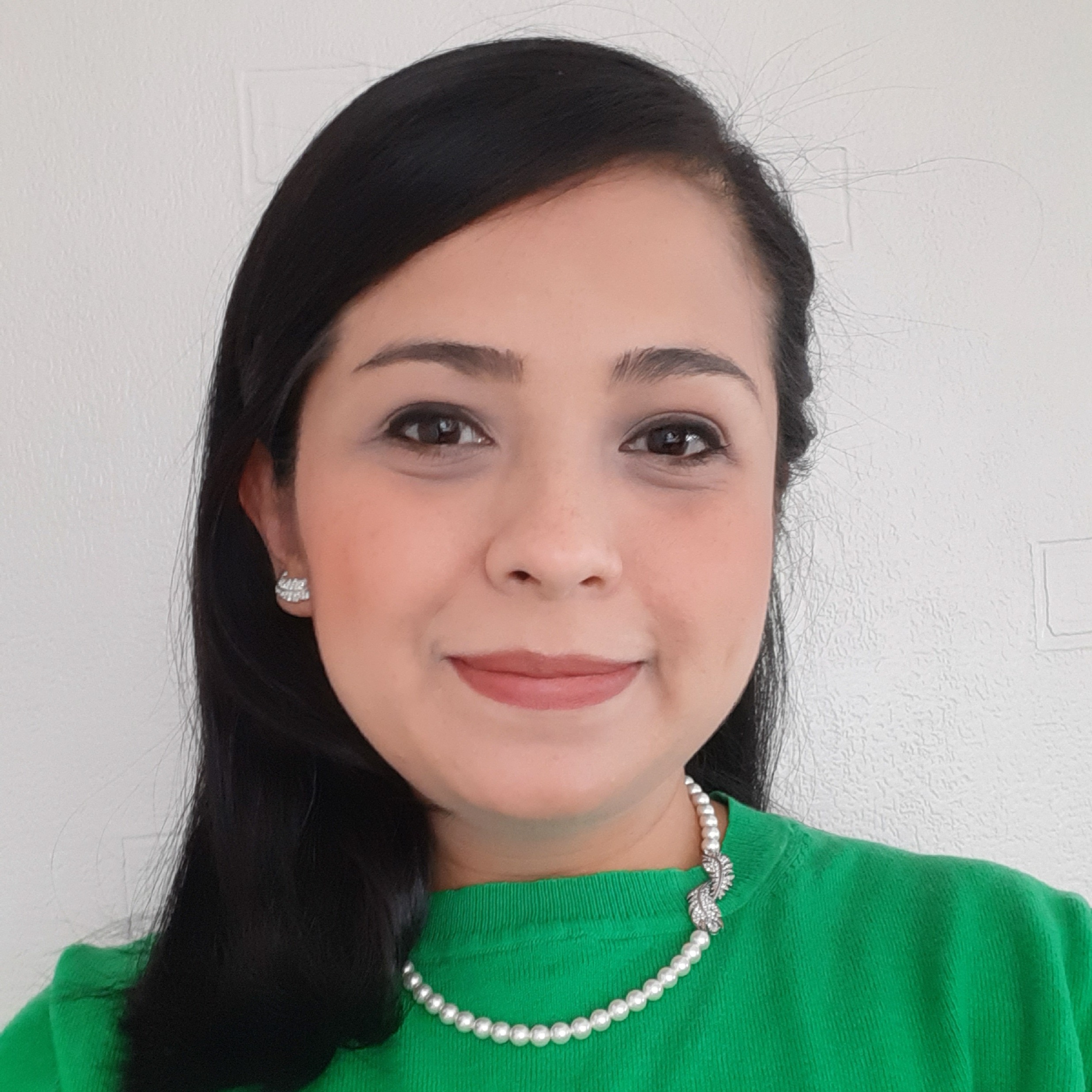 |
Prof. Susan A. Bernal has extensive experience in designing, analyzing, and evaluating cement-based materials for construction and energy applications. She works with an international research community and industrial partners to facilitate the adoption of innovative low-carbon cement and concrete technologies, contributing to a more sustainable built environment. Her research explores alternatives to traditional cement, particularly using natural clays and industrial waste. She is a convener of the RILEM Technical Activities Committee (TAC) cluster A: Materials Processing and Characterization, and Deputy-Chair of the RILEM Technical Committee on CO2 uptake by concrete. She won the 2020 IOM3 Rosenhain medal, and the 2022 RILEM L’Hermite medal, and has over 170 publications. |
Dr. Yunhui Chen – RMIT University
 |
Dr. Yunhui Chen currently is undertaking a Vice-Chancellor’s Senior Research Fellowship at RMIT University, Australia and a visiting scientist at ESRF. She is an experimentalist, developing apparatus and analysis techniques to understand the processing and service performance of materials. She is a regular user of micro and nano-tomography for in-situ characterization. Her work explores the material phenomena in advanced manufacturing processes including the microstructural evolution, defect formation and phase transformations that are critical to industrial practice. She has published more than 56 peer reviewed articles. She received several prestigious awards and fellowships for her research. |
Dr. Sofiane Guessasma – French National Institute for Agriculture, Food and Environment (INRAE), Nantes
Talk: "Unveiling Material Flow in Additive Manufacturing: Insights from Synchrotron X-ray Microtomography"
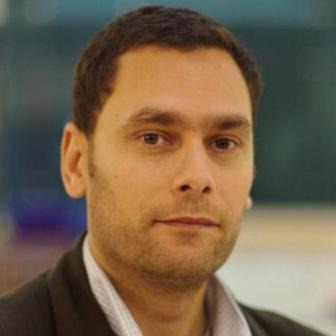 |
Dr. Sofiane Guessasma is a Research Director in Mechanical Engineering at INRAE, interested in additive manufacturing of sustainable materials. His work focuses on ways of studying and processing materials, with an emphasis on optimizing manufacturing technologies. He contributed to the field through in situ experiments, image analysis, mechanical modeling and microstructural interpretation. He is a Fellow at Churchill College of University of Cambridge since 2014 and has over 170 published articles. |
Dr. Nikolay Kardjilov – Helmholtz Zentrum Berlin
 |
Dr. Nikolay Kardjilov is a recognized expert in neutron tomography and its pioneering use for investigating the structure and properties of materials. Since 2003, he oversaw the CONRAD instrument at HZB, Berlin until 2020 and contributed to the construction of the new NeXT instrument at the ILL, Grenoble. His work has involved analyzing a wide range of samples, from cultural heritage artifacts to lithium batteries and fuel cells. With these industrial materials, he aims to better understand their mechanisms and improve their efficiency, quality, and energy consumption. He is co-author of the technical book: Neutron methods for Archaeology and Cultural Heritage and has over 217 publications. |
Prof. Jiawei Mi – University of Hull
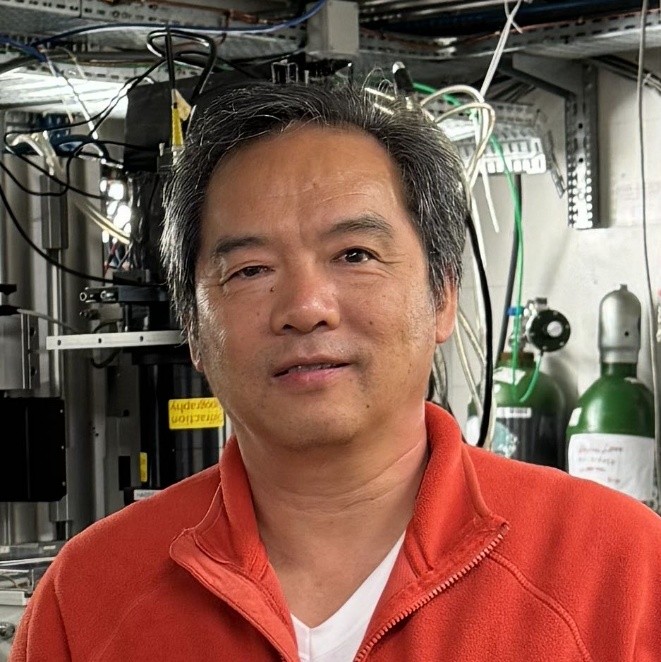 |
Prof. Jiawei Mi is the academic lead for the Advanced Materials & Manufacturing research group and Director of Research at the School of Engineering, University of Hull, UK. His research focuses on designing and developing advanced structural and functional materials, as well as developing ultrasound and magnetic field based innovative and sustainable manufacturing technologies for metal alloys and functional materials. He has published over 150 scientific papers and is the author and editor of the 1st technical book: Solidification Processing of Metallic Alloys under External Fields, published in 2018 by Springer Nature. It has attracted > 9400 paid downloads so far. He was awarded the Royal Society Industry Fellowship in 2012-2016.
|
Dr. Can Yildirim – ID03 Hard X-ray Microscopy beamline, ESRF
Talk: "Looking Inside: Multiscale Diffraction Imaging from Millimeters to Nanometers"
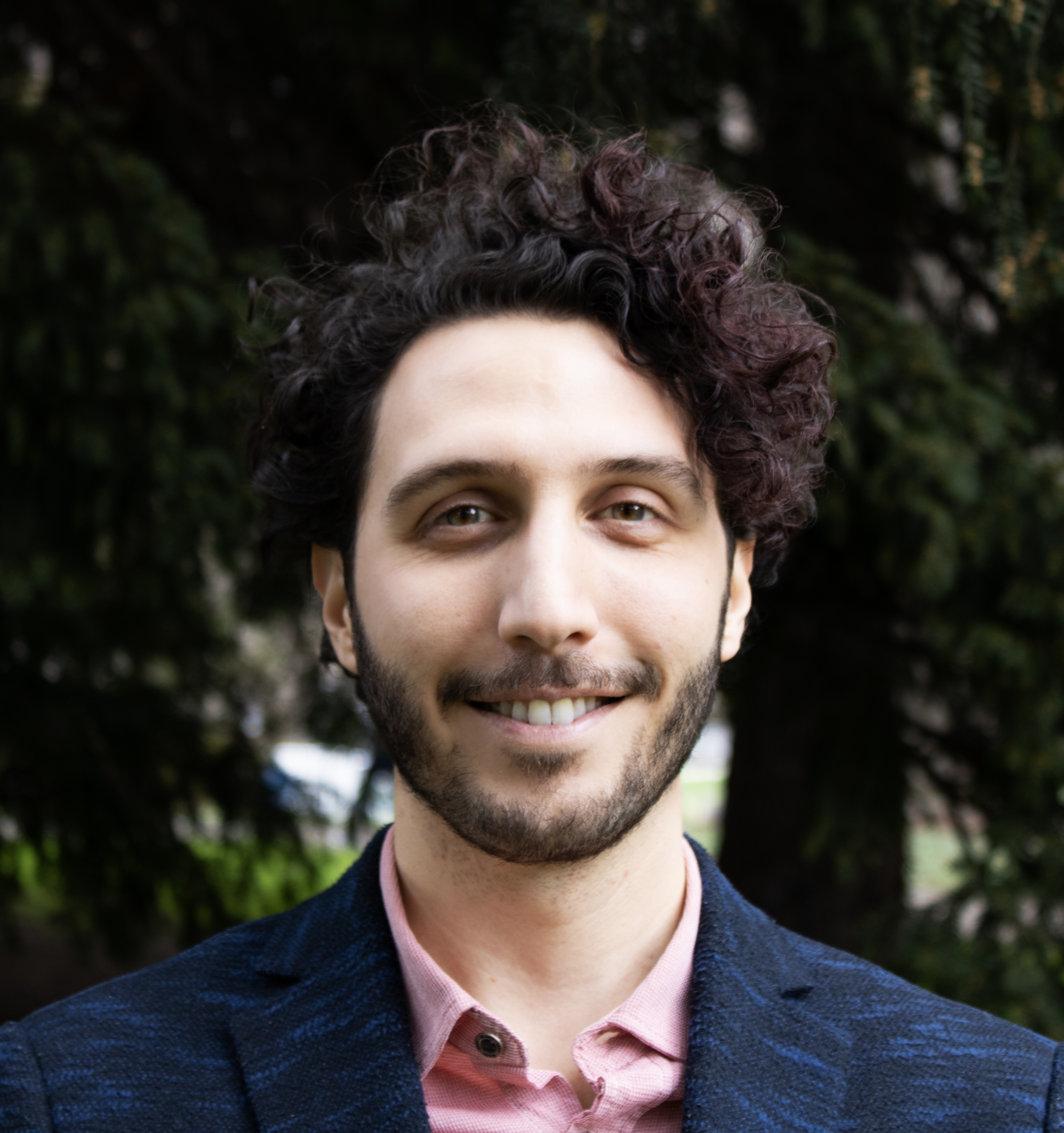 |
Can Yildirim earned his Ph.D. in condensed matter physics from the University of Liège and Pierre and Marie Curie University in Paris, where he studied glasses using ab initio molecular dynamics. He completed postdoctoral research at ESRF’s ID06-HXM beamline in a project funded by OCAS (ArcelorMittal), followed by a position at CEA-Leti, where he worked on semiconductor defects for infrared detectors. He leads an independent research group supported by an ERC Starting Grant, focusing on thermomechanical behavior in metals and the development of advanced diffraction imaging techniques at synchrotron facilities. His work combines multiple X-ray methods across scales, with a strong emphasis on pioneering Dark Field X-ray Microscopy (DFXM). His research spans structural metals, semiconductors, and energy materials. Dr. Yildirim holds a habilitation (HDR) in physics from Université Grenoble Alpes. He serves on beamtime review panels for the ESRF (liaison) and European XFEL and contributes to scientific outreach through the organization of conferences, including the 3DMS Specialty Congress of TMS and the MSE Congress in Europe. He has authored over 50 peer-reviewed publications, with an h-index of 17 and an i10-index of 28 as of August 2025. |
Dr. Minjian Wu – Friedrich-Alexander-Universität Erlangen-Nürnberg
Talk: "Unravel the structure of organic semiconductors from molecular to device scale using analytical TEM, 3D electron diffraction and 4D-STEM"
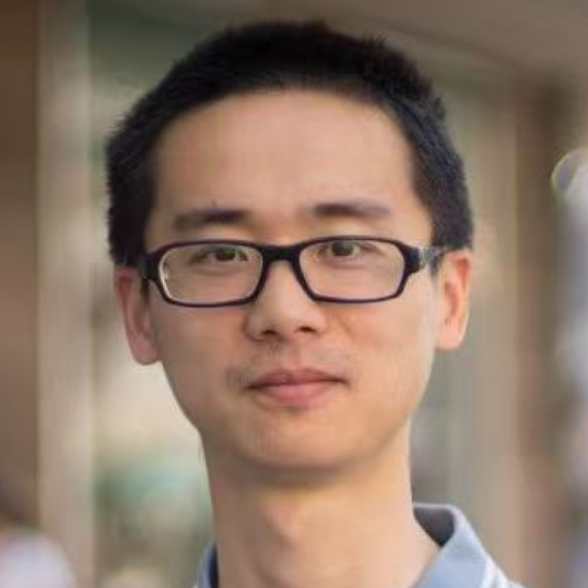 |
Dr. Mingjian Wu is a staff scientist at the Institute of Micro- and Nanostructure Research at Friedrich-Alexander-Universitaet Erlangen-Nuernberg in Germany. He is an enthusiastic “nano-photographer” with over 15 years of experience in electron microscopy. His expertise lies in developing and applying advanced microscopy, diffraction, and spectroscopy techniques—integrated with in situ, operando, and data science approaches—to gain unique insights into modern functional materials. His research interest lies in the investigation of organic semiconductors, in particular, developing methods and techniques to unravel structures that are difficult to study. He has published ~80 peer reviewed articles. In 2023, he received the “Outstanding Paper Award” from European Microscopy Society for contribution of developing 4D-STEM method for organic solar cell materials.
|
Hands-on
Olga Stamati – CNRS Laboratoire 3SR, Grenoble
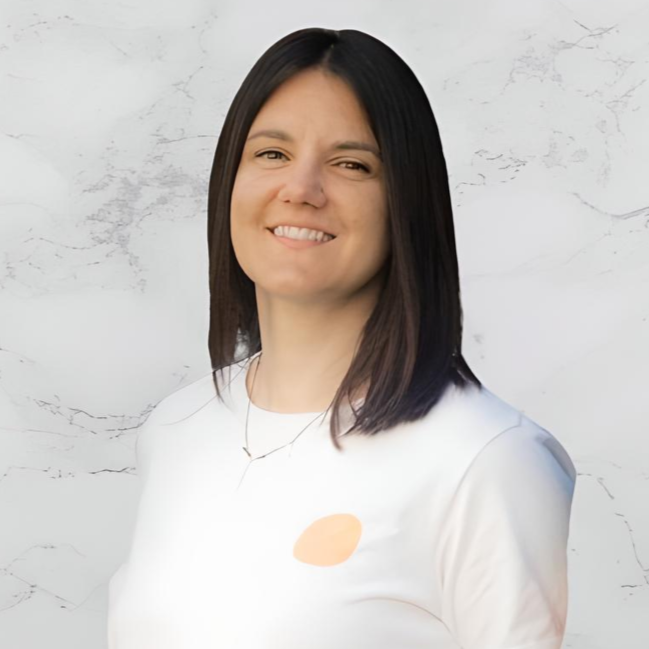 |
Olga Stamati is a CNRS research engineer at Laboratoire 3SR in Grenoble, France. Her fields of expertise are tomography in material science and quantitative image analysis, focusing on advanced measurement techniques. She is a core developer of Software for Practical Analysis of Materials an open-source python software for quantitative data analysis of 2D images and 3D volumes for mechanics applications that has developed around x-ray and neutron tomography, with a particularly strong suite of Digital Volume Correlation tools.
|
Hubert Taieb – Dragonfly, Montreal
Talk: "Dragonfly 3D world: next image processing powerd by AI"
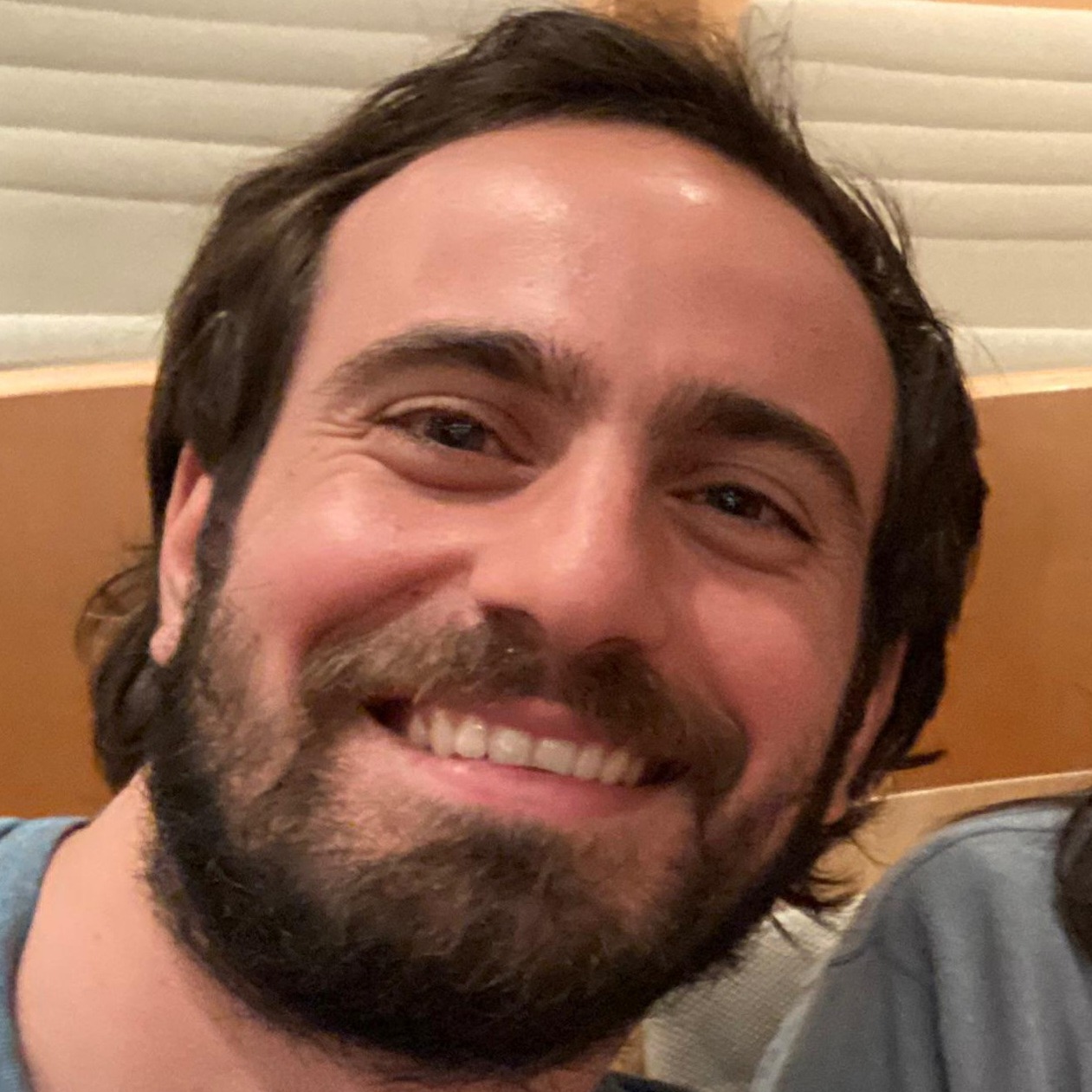 |
Hubert Taieb is an engineer in physics and material sciences and graduated from Grenoble INP. He did a PhD in biotechnology in the Max Planck Institute for Colloids and Interfaces in Potsdam where he discovered Dragonfly as a user. He went on to do a joint postdoc between McGill and Dragonfly to train generalized deep learning model and finally joined the Dragonfly team in Montreal as an AI software developer. |











